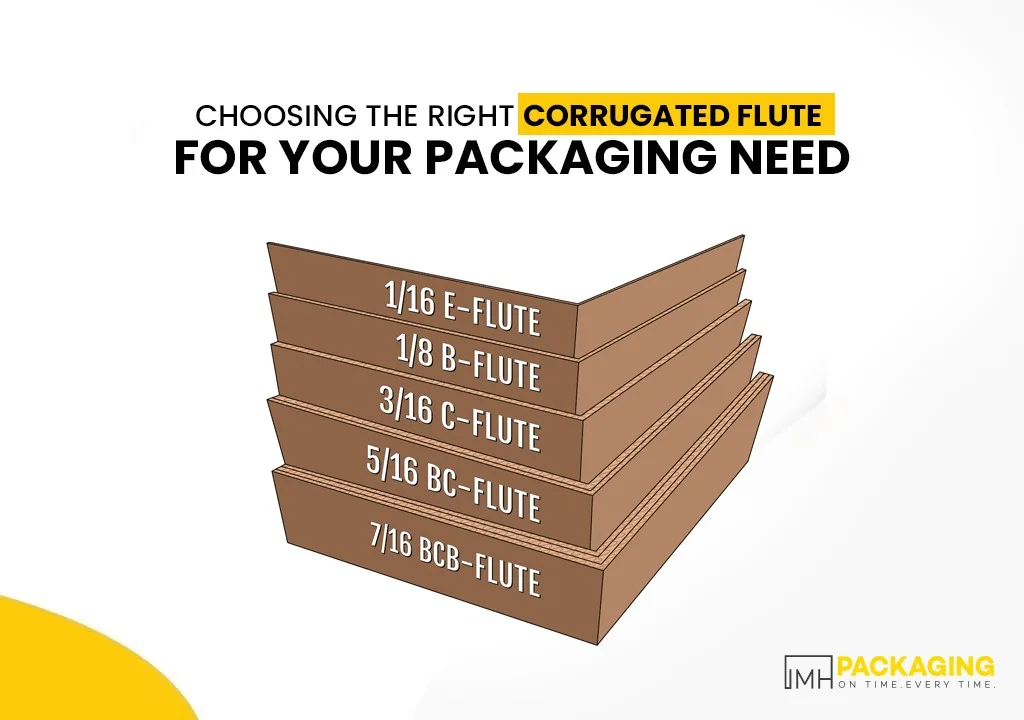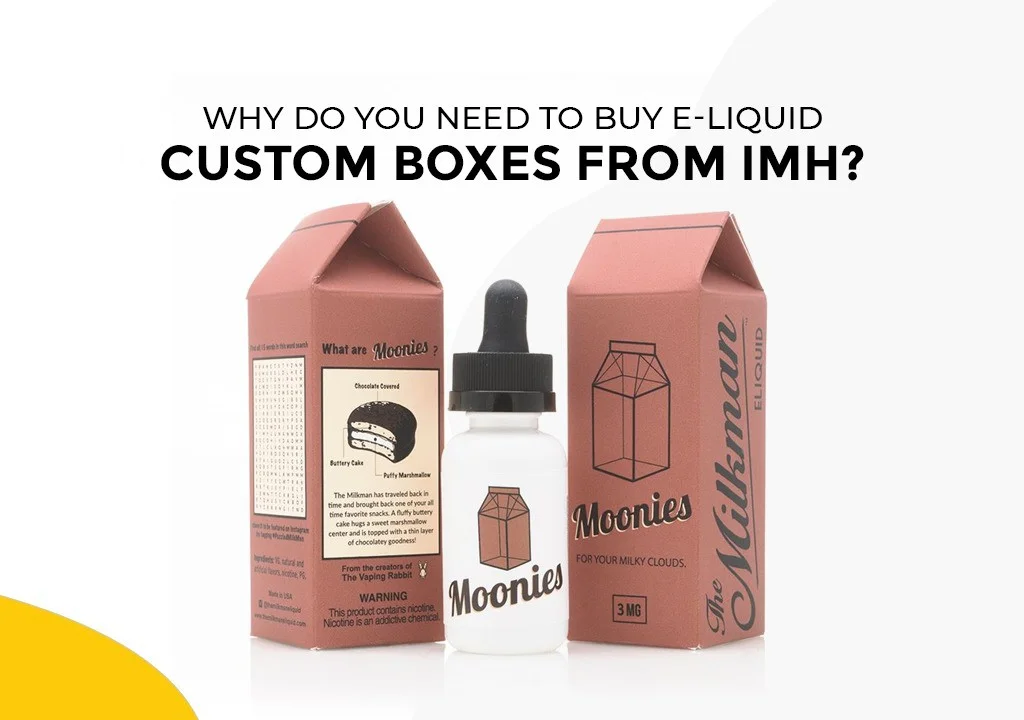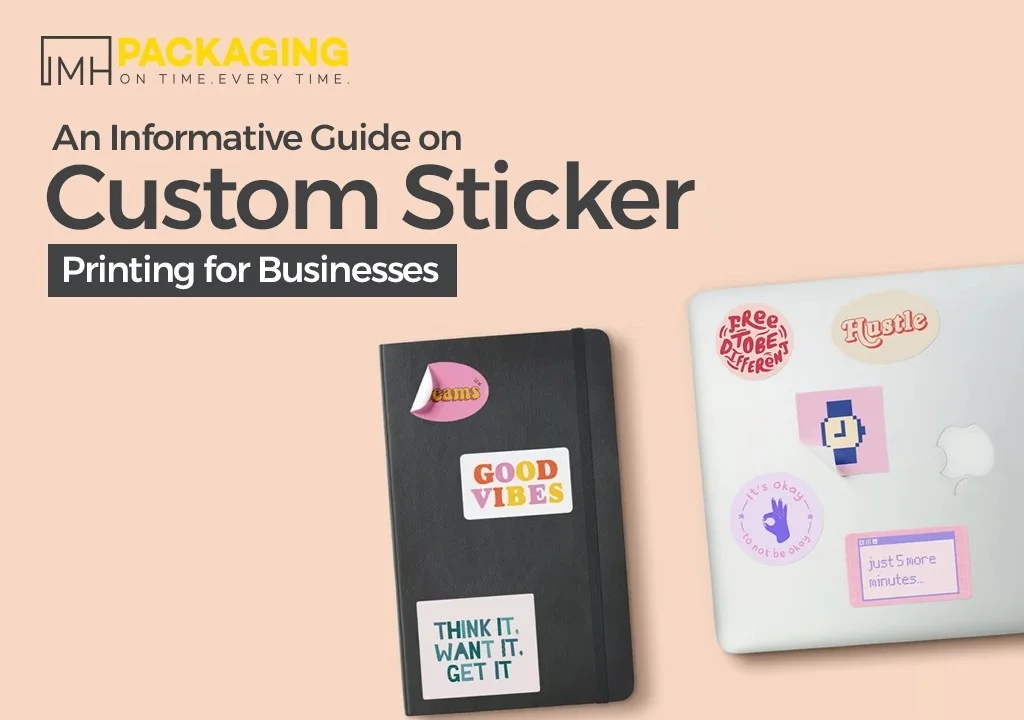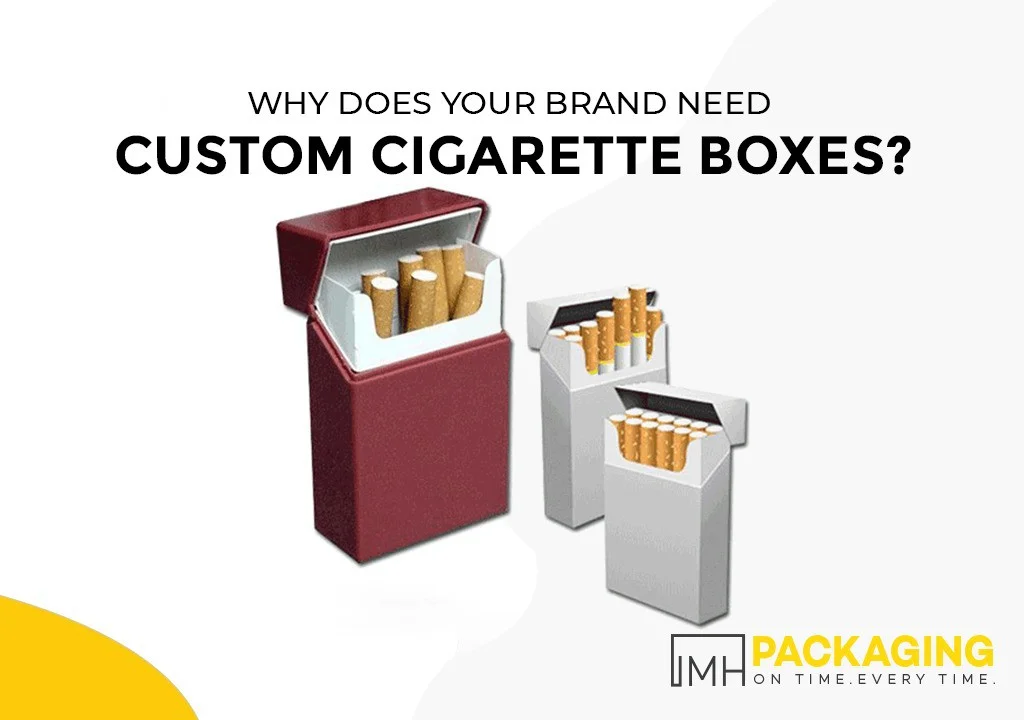Have you ever heard of packaging with corrugated
flutes? You may be pondering the music flute now. Any melomaniac would
feel something similar. However, we are not discussing any instrument here. We
are talking about the cardboard corrugated flute, one of the cardboard packaging boxes` most significant underlying dimensions. Various flutes are
accessible in the cardboard corrugated packaging, and every item requires an
alternate one. In this blog, we will discuss corrugated flute packaging in
detail. How about we figure out the best way to bundle your items?
Corrugated Flute
The cardboard board includes one flute layer and
two kraft paper sheets. Cardboard materials are generally utilized to make
shipping and mailer boxes. Conversely, the corrugated flute is wavy in the design
between the two sheets of the kraft liner. The flute makes the corrugated boxes
stackable, sturdy, and unbending. The cardboard flutes come in various sizes,
called "flute profiles." The fluting assists with cementing the
corrugated box structure. To that end, corrugated boxes hold heavier things
faultlessly and without breaking. It is one of the primary components of
cardboard box packaging.
You probably won`t have the option to see these
flutes from the beginning, yet they have a critical impact on cardboard
packaging, making it among the best delivery choices. While cardboard boxes are
ordinarily utilized for packaging little things — think about custom cereal
boxes — the corrugated board moves heavier articles because of its solidarity
and strength. Corrugated sheets contain both a liner and a medium. While the
liner is the flat material normally found on outward surfaces of the board, the
medium can be tracked down between the liners and makes the curve shapes, or
"flutes."
Flutes are critical supporters of the general
strength of the board and can influence its presentation, weight and cost. The
weight and kind of material you want to transport will assist you with deciding
the flute type to fit. Knowing the contrast between corrugated flutes will help
you determine the best type for your custom box. Sounds fascinating, correct?
How about we examine it in detail?
Corrugated Flutes
Corrugated flutes are the
wavy, arch-shaped layers sandwiched between the liners in corrugated cardboard.
These flutes provide rigidity, strength, and cushioning to the packaging.
Several types of corrugated flutes are available, each with unique
characteristics. The most common corrugated flutes are A, B, C, E, and F.
A-Flute
A flute is the largest
and thickest type of corrugated flute. It has about 33 flutes per foot and
provides excellent cushioning and stacking strength. A flute is commonly used
for packaging fragile and delicate items such as glassware, ceramics, and
electronics. It offers superior protection against impacts and vibrations,
making it ideal for products requiring extra transportation care.
B-Flute
B-flute is the second
most common type of corrugated flute. It has about 47 flutes per foot,
balancing cushioning and stacking strength well. B-flute provides a smooth
surface for printing and is often used for retail packaging, displays, and
point-of-purchase (POP) materials. It suits various products, including food,
cosmetics, and consumer goods.
C-Flute
C-flute is the most
widely used type of corrugated flute. It has about 39 flutes per foot and
provides good stacking strength and crush resistance. C-flute offers excellent
protection for medium-weight products and is commonly used for shipping boxes,
e-commerce packaging, and industrial applications. It is versatile and can be
used for various products, including automotive parts, appliances, and
furniture.
E-Flute
An e-flute is a thinner
and more compact type of corrugated flute. It has about 90 flutes per foot and
excellent printability and folding characteristics. E-flute provides a smooth
surface for high-quality graphics and is often used for packaging luxury goods,
cosmetics, and electronics. It is also suitable for products requiring a
compact, lightweight packaging solution.
F-Flute
F-flute is the thinnest
type of corrugated flute. It has about 128 flutes per foot and offers excellent
printability and versatility. F-flute provides a high level of detail and is
commonly used for packaging small and delicate items such as jewellery,
pharmaceuticals, and electronics. It is also suitable for applications that
require a space-saving and eco-friendly packaging solution.
Choosing the Right Corrugated Flute
Now that we have
discussed the different types of corrugated flutes let`s explore how to choose
the right one for your packaging needs:
Consider Printing and Branding Requirements
If you require
high-quality printing and branding on your packaging, choosing a flute that
offers a smooth surface for graphics is important. E-flute and F-flute are
known for their excellent printability and are often used for packaging luxury
goods and high-end products. B-flute and C-flute also offer good printability
and are suitable for retail packaging and displays.
Cost Considerations
Lastly, it is important
to consider the cost implications of choosing a particular corrugated flute.
Thicker flutes, such as A-flute, are more expensive than thinner flutes, such
as E-flute or F-flute. Evaluate your budget and weigh it against the required
strength, cushioning, and printability to make an informed decision.
The Key Purpose of Corrugated Flutes
Corrugated flutes are designed to furnish
corrugated packaging with additional layers of protection and insurance. They
likewise assist with making the packaging pound-resistant and cut-resistant.
Lastly, corrugated flutes help with giving construction to corrugated boxes, so
they support heavier things without collapsing or breaking.
Corrugated Cardboard
Corrugated cardboard, sometimes called corrugated
fiberboard or simply corrugated, is a durable packaging material made of three
layers of kraft paper. It`s named for the inside layer of wavy paper,
additionally called the ridged medium, which invigorates the cardboard. The
internal sheet is assembled through the corrugated cycle to make flutes or
solid folds in the paper. The corrugated medium is between two sheets of kraft
paper, which structure the outside liners. Because of the three-layer
structure, ridged cardboard is much stronger than standard cardboard.
Corrugated Shipping Boxes
Corrugated shipping boxes are made of sheets of
corrugated cardboard. Heaps of corrugated fiberboard are managed, scored, and
folded to make boxes of every kind. Glue is applied to corners and overlays for
significantly more noteworthy strength.
The Perks of Using Corrugated Boxes
Sandwiched between two bits of cardboard, the
ridged flutes of corrugated paper are designed to help a lot of weight. In
addition to being useful for delivery, it likewise has a significant impact in
supporting the heaviness of food in pizza boxes and corrugated cardboard
takeout boxes. This cardboard fluting build additionally plays a vital part in
protecting things during transportation and forestalling damages. The bended
curves made by these flutes make sheets tough and oppose pressure applied from
any point. The vacant space between the flutes and under the curves even gives
padding and protection in case of outrageous temperature changes.
The Difference Between Corrugated and Cardboard Boxes
When it comes to packaging,
two terms that are often used interchangeably are "corrugated" and
"cardboard." While both boxes are widely used for packaging and
shipping, they differ in structure, strength, and functionality.
Corrugated Boxes
Corrugated boxes are made
from a material known as corrugated cardboard. The fluted layer, the corrugated
flute, sets corrugated boxes apart from cardboard boxes. The fluted layer in
corrugated boxes provides strength, rigidity, and cushioning. It acts as a
shock absorber, protecting the box`s contents from impacts and vibrations
during transportation and storage. The flutes also create air pockets, which
help insulate the contents and provide additional protection.
Corrugated boxes come in
various flute sizes, such as A, B, C, E, and F, each offering different levels
of strength and cushioning. Corrugated boxes are known for their durability and
versatility. They can be easily customized to fit different shapes and sizes,
making them suitable for various products. Corrugated boxes are also lightweight,
making them cost-effective for shipping purposes. Additionally, they are
recyclable and environmentally friendly, which is a significant advantage in
today`s sustainability-focused world.
Cardboard Boxes
On the other hand,
cardboard boxes are made from a thicker and stiffer material known as
paperboard or chipboard. Unlike corrugated boxes, cardboard boxes do not have a
fluted layer. Instead, they consist of a single layer of thick paperboard,
which provides rigidity and strength. Cardboard boxes are generally less
expensive than corrugated boxes, making them cost-effective for certain
applications. However, they are not as durable or protective as corrugated
boxes and may not withstand rough handling or long-distance shipping.
Key Differences
Structure:
Corrugated boxes have three layers, including a fluted middle layer, while
cardboard boxes contain a single layer of thick paperboard.
Strength and Cushioning:
Corrugated boxes offer superior strength and cushioning due to the presence of
the fluted layer, making them suitable for heavy or fragile items. Cardboard
boxes are less strong and cushioned, making them ideal for lightweight
products.
Customization:
Corrugated boxes can be easily customized to fit different shapes and sizes,
while cardboard boxes are generally pre-made and less customizable.
Printing and Branding:
Cardboard boxes have a smooth surface ideal for high-quality printing and
branding, making them popular for retail packaging. Corrugated boxes can also
be printed, but the fluted layer may affect the print quality.
Cost:
Cardboard boxes are generally less expensive than corrugated boxes, making them
cost-effective for certain applications.
In summary, corrugated and
cardboard boxes have distinct differences in structure, strength, cushioning,
customization, printing capabilities, and cost. With their fluted layer,
corrugated boxes offer superior strength, cushioning, and customization
options, making them suitable for heavy or fragile items. Understanding these
differences will help you decide when choosing the right box type for your
packaging needs.
Keeping in Mind the Design of Product Packaging
Choosing the right corrugated flute for your packaging needs is essential to ensure your products` safety, integrity, and visual appeal. Consider the nature of your product, transportation and storage conditions, printing requirements, and cost implications when selecting the appropriate flute type. By making an informed decision, you can optimize your packaging solution and enhance the overall customer experience.
Various container boxes are an expense-proficient
and powerful item packaging decision. Whether your thing is in a store or sold
on the web, you, for the most part, trust your bundle to stick out and have a constructive
outcome. Your bundle design will finally coordinate your client`s point of view
of your association, so arranging an enrapturing custom box design that
epitomizes your brand image is an unquestionable necessity. These days, the
corrugated box that holds your item is essentially as huge as the real thing.
Uniquely corrugated packaging boxes can lift the
client experience and make for novel unpacking encounters to ensure your image
picture stays in the brain of anybody who opens your packaging. Recall that
custom packaging shouldn`t even need to try to be a test. It can influence any
brand, whether you`re designing item packaging for a huge venture or a small
organization. While a specially designed box works on the clients` knowledge,
it, in like manner, offers you additional branding chances, so it`s a common
advantage! While picking your specially ridged packaging boxes, it is essential
to grasp the speciality business your item/thing is entering.
Factors to Consider with Corrugated Flute Packaging
Notwithstanding corrugated flutes, there are
different elements you want to consider while picking your corrugated
packaging, including board type, box style, and printing type. This is the
thing you want to be aware of every one of these elements so you can pick the
best-ridged packaging for your particular items and overall brand:
Type of Boards
While all corrugated packaging materials comprise
a mix of the two flutes and liners, the specific mix shifts. There are four
different board types with various blends of flutes and liners to consider:
Single Face
A solitary face board has two layers, with one
layer of fluting and one layer of liner. This implies that it`s not quite as
strong as other board types since it`s feeling the loss of a subsequent liner.
Nonetheless, this kind of board is great for internal packaging parts that add
padding to the contents.
Single Wall
Solitary wallboard is the most widely recognized
board type utilized, with one layer of fluting encompassed by two liners — one
on each side. This board is generally used in delivery containers as it provides
satisfactory protection and security for items.
Double Wall
A twofold wall board has five layers — three
layers of liner encompassing two layers of fluting. This twofold wall resembles
two boxes in one. This implies that it`s strong and great for weighty modern
industrial use.
Triple Wall
A triple-wall board has seven layers — four
layers of liner encompassing three layers of fluting. Like the twofold wall,
this board resembles three boxes in one. As the strongest board type
accessible, triple-wall packaging is best for shipping boxes and synthetic
chemical holders.
Printing Options for Corrugated Flute Packaging
Corrugated packaging doesn`t need to be the
plain, exhausting, earthy colored cardboard you see all over. You can print
straightforwardly onto the cardboard. There are a couple of choices regarding
imprinting onto ridged material, including flexographic, lithographic, and
digital.
Lithographic printing is great for bulk printing
positions as the need might arise to be designed to direct the printing system.
Flexographic printing is the most ordinarily involved type as it is quick,
simple, and cost-effective. Lastly, digital printing is great for small-scale
printing jobs since there`s no requirement for custom plates.
The Vital Difference Between E-Flute & B-Flute
Many people, for the most part, associate the E
corrugated flute with the B flute. The principal distinction between the
B-flute and the E-flute is the quantity of flutes per square meter. This figure
will control the case`s solidness and printability even though E-flutes
commonly have more modest sizes and flutes per square meter. This builds their
capacity limit while bringing down their power. These flutes can overlap and
misshape without any problem. They are the least demanding to print because of
their size and simplicity of moving on printing gear.
Take up is how much strain a corrugated packaging box can endure when other indistinguishable boxes are stacked on top of it. The corrugated box`s development material straightforwardly impacts the number of flutes and cardboard flute sizes. Notably, boxes made with a B-flute have a more prominent holding proportion than boxes ready with an E-flute.
Corrugated Box Styles
Consider the accompanying different box designs
for your items and brand:
Mailer Box
A mailer box is compelling, defensive, and chic
because of smart highlights like residue flaps that seal and protect the
bundle`s items. Subscription administrations and online business locales
utilize mailer boxes for their merchandise or items as often as possible.
One-Piece Folder Box
A one-piece organizer box is made to be brief,
rich, and easy to assemble. A corrugated cardboard makes up this container, which
can be created quickly to deliver things like artwork or books.
Shipping Box
A solitary wall box design with B flute cardboard gives a shipping box an immortal, customary, and defensive appearance. You can send pretty much anything in this packaging box.
Now that you better comprehend the corrugated
flute in packaging, you can pick packaging with confirmation. If you have any
further requests about packaging, contact the specialists at IMH Packaging. Our
experts can help you choose the corrugated flute to fulfil your packaging
needs.






